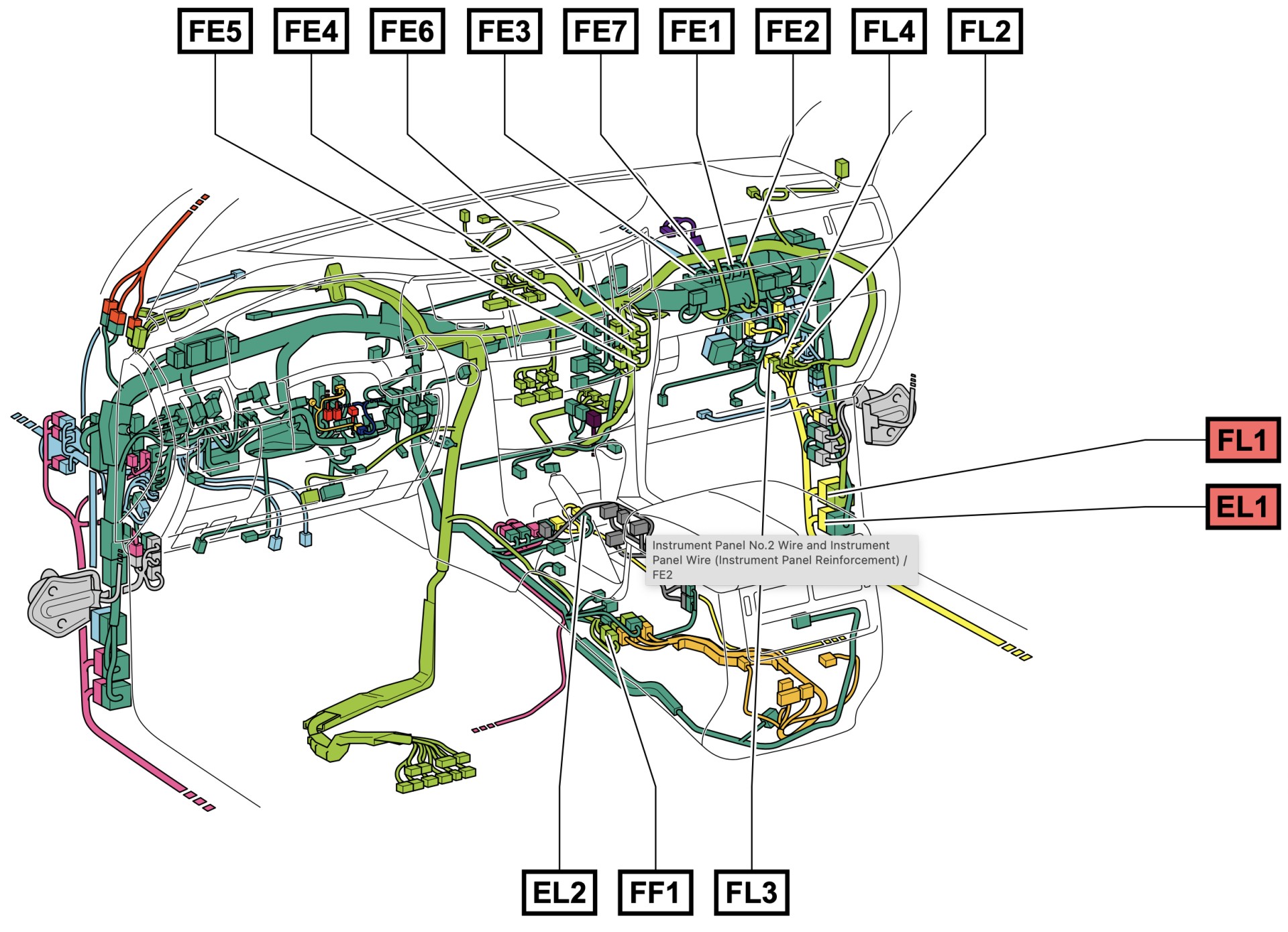A Toyota vehicle that starts but immediately dies can be incredibly frustrating. Often, this issue is accompanied by the dreaded B2799 diagnostic trouble code (DTC), indicating a problem with the immobilizer system. This article delves into the potential causes of Toyota Code B2799 and offers troubleshooting steps to help you get your car back on the road.
Understanding the Toyota Immobilizer System and Code B2799
The immobilizer system is a crucial anti-theft feature in modern Toyota vehicles. It prevents the engine from starting without the presence of a correctly programmed key. When the system detects a problem, it triggers the B2799 code, signaling a malfunction within the immobilizer circuit. This malfunction can prevent the engine from running or cause it to stall shortly after starting.
Common Causes of Toyota Code B2799
Several factors can contribute to a B2799 code in Toyota vehicles. Some of the most common culprits include:
- Water Damage: Water intrusion into critical electrical components, such as the Engine Control Module (ECM) or immobilizer control unit, can cause corrosion and short circuits, leading to a B2799 code. Common entry points for water include clogged sunroof drains or leaks in the windshield or door seals.
- Faulty Wiring: Damaged or corroded wiring between the ECM and the immobilizer control box can disrupt communication and trigger the code.
- Defective Immobilizer Components: A malfunctioning immobilizer control box, a faulty key, or a weak key battery can also cause the B2799 code.
- ECM Issues: In some cases, a defective ECM can be the root cause of the problem, though this is less common than other issues.
Troubleshooting Steps for Toyota Code B2799
If you encounter a B2799 code, here are some troubleshooting steps to consider:
-
Check for Water Damage: Inspect areas prone to water intrusion, such as the passenger and driver-side footwells and the area around the ECM. Look for signs of water damage, such as moisture, corrosion, or discoloration on electrical connectors and components.
-
Dry Out Affected Areas: If water damage is found, disconnect the battery and thoroughly dry the affected areas. You may need to disassemble junction boxes and disconnect electrical connectors to ensure complete drying. Consider using a hairdryer on a low setting or allowing the components to air dry for several days.
-
Inspect and Clean Electrical Connectors: Carefully examine all electrical connectors related to the immobilizer system for corrosion or damage. Clean the terminals with electrical contact cleaner and apply dielectric grease to prevent future corrosion.
-
Check Wiring Harness: Visually inspect the wiring harness between the ECM and the immobilizer control box for any signs of damage, such as fraying, cuts, or exposed wires.
-
Test Key Battery: Ensure the key battery is not weak. Replace the battery if necessary.
-
Consult a Professional: If the problem persists after performing these steps, it’s best to consult a qualified Toyota technician or auto electrician. They have the expertise and specialized equipment to diagnose and repair complex electrical issues, including problems with the immobilizer system or ECM.
Conclusion
Troubleshooting Toyota code B2799 requires a systematic approach and careful attention to detail. By following the steps outlined in this article, you can identify the potential cause of the problem and take appropriate action. Remember, if you are unsure about any step or encounter difficulties, seeking professional assistance is always recommended to avoid further damage to your vehicle. Addressing water intrusion promptly and maintaining your vehicle’s electrical system can help prevent future occurrences of this troublesome code.

